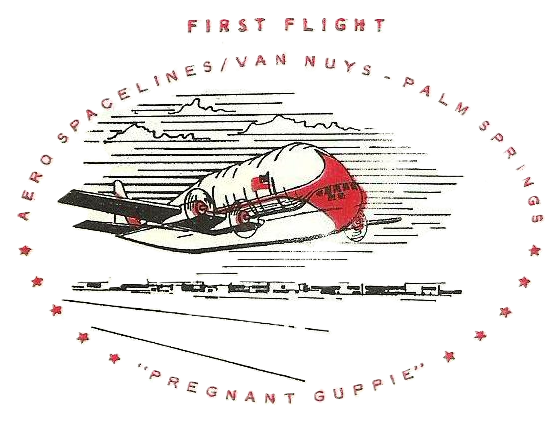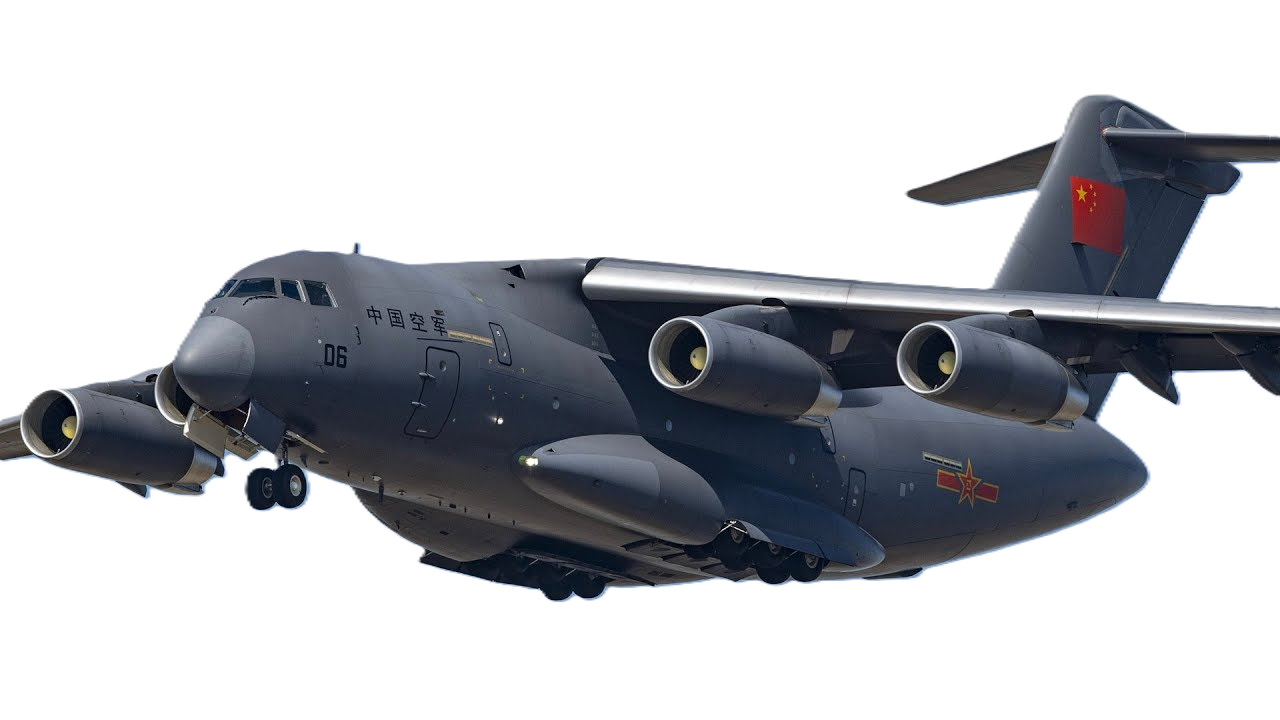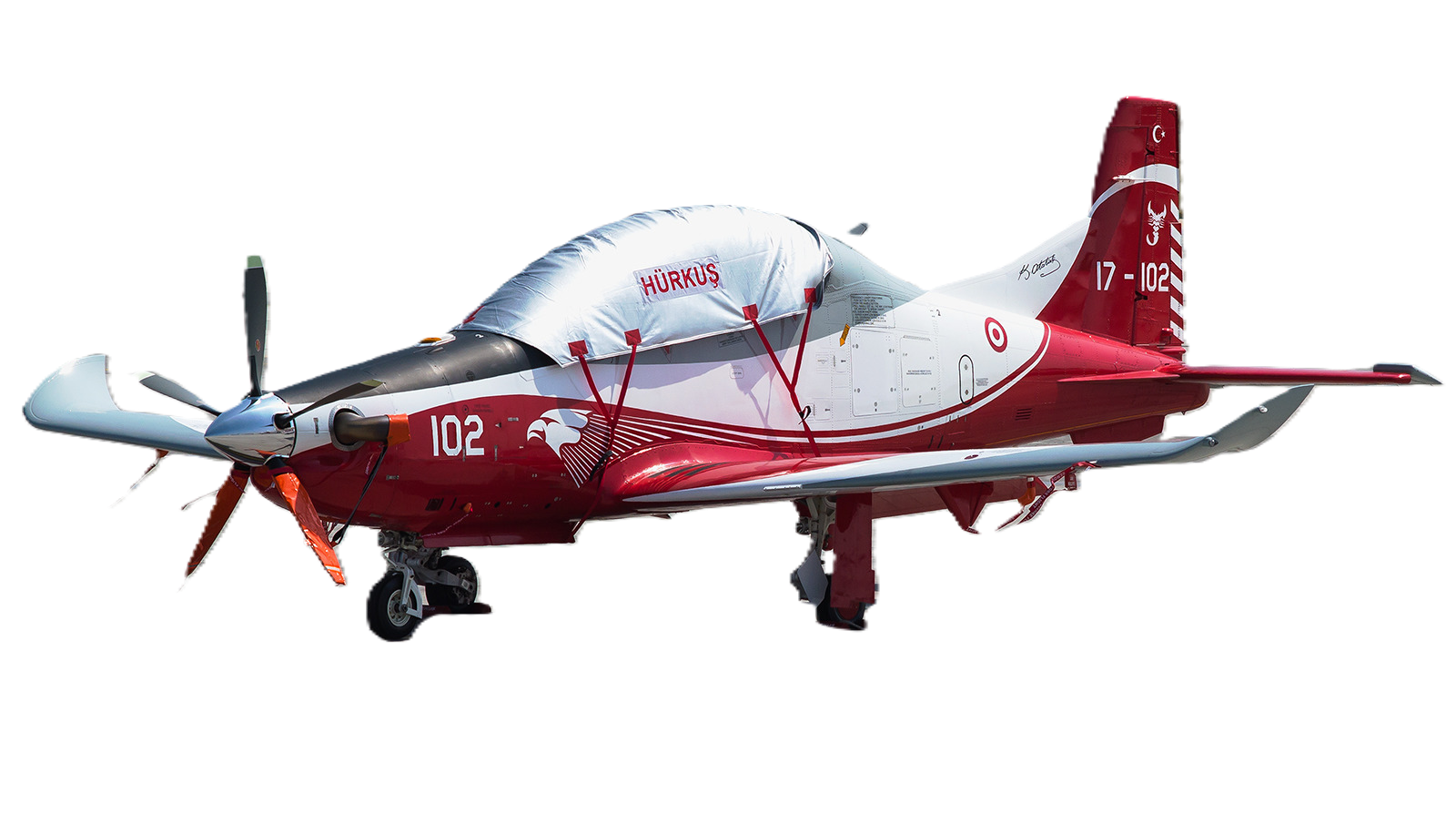British Aircraft Corporation TSR-2
 |
|
| General information | |
|---|---|
| Type | Strike/reconnaissance |
| National origin | United Kingdom |
| Manufacturer | British Aircraft Corporation |
| Status | Cancelled |
| Number built | 3 |
| History | |
| First flight | 27 September 1964 |
.
History British Aircraft Corporation TSR-2 Status Cancelled
First flight 27 September 1964
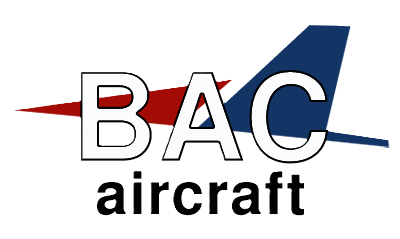
The British Aircraft Corporation TSR-2 is a cancelled Cold War strike and reconnaissance aircraft developed by the British Aircraft Corporation (BAC), for the Royal Air Force (RAF) in the late 1950s and early 1960s. The TSR-2 was designed around both conventional and nuclear weapons delivery: it was to penetrate well-defended frontline areas at low altitudes and very high speeds, and then attack high-value targets in rear areas. Another intended combat role was to provide high-altitude, high-speed stand-off, side-looking radar and photographic imagery and signals intelligence, aerial reconnaissance. Only one airframe flew and test flights and weight-rise during design indicated that the aircraft would be unable to meet its original stringent design specifications. The design specifications were reduced as the result of flight testing
Development

The introduction of the first jet engines in the late-World War II period led to calls for new jet-powered versions of practically every aircraft then flying. Among these was the design of a replacement for the de Havilland Mosquito, at that time among the world's leading medium bombers. The Mosquito had been designed with the express intent of reducing the weight of the aircraft in order to improve its speed as much as possible. This process led to the removal of all defensive armament, improving performance to the point where it was unnecessary anyway. This high-speed approach was extremely successful, and a jet-powered version would be even more difficult to intercept
Mission
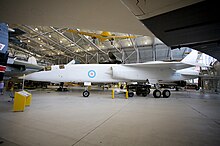
The envisaged "standard mission" for the TSR-2 was to carry a 2,000 lb (910 kg) weapon internally for a combat radius of 1,000 nautical miles (1,200 mi; 1,900 km). Of that mission 100 nautical miles (120 mi; 190 km) was to be flown at higher altitudes at Mach 1.7 and the 200 nmi (230 mi; 370 km) into and out of the target area was to be flown as low as 200 ft at a speed of Mach 0.95. The remainder of the mission was to be flown at Mach 0.92. If the entire mission were to be flown at the low 200 ft altitude, the mission radius was reduced to 700 nmi (810 mi; 1,300 km).
0
KmCeiling
0
KmCombat RANGE
0
MachAircraft Speed
0
Max Crew
Photo Gallery
British Aircraft Corporation TSR-2 Status Cancelled
First flight 27 September 1964


British Aircraft Corporation TSR-2 Status Cancelled
First flight 27 September 1964
General Info
-
-
- Crew: 2
- Length: 89 ft (27 m)
- Wingspan: 37 ft 2 in (11.33 m)
- Height: 23 ft 9 in (7.24 m)
- Wing area: 702.9 sq ft (65.30 m2))
-
Powerplant
- Empty weight: 54,750 lb (24,834 kg)
- Gross weight: 79,573 lb (36,094 kg)
- Max takeoff weight: 103,500 lb (46,947 kg)
- Powerplant: 2 × Bristol Siddeley B.Ol.22R Olympus Mk.320 afterburning turbojet engines, 22,000 lbf (98 kN) thrust each dry, 30,610 lbf (136.2 kN) with afterburner
-
-
Performance
- Maximum speed: Mach 2.15 at 40,000 ft (12,192 m), M1.1 at sea level
- Range: 2,500 nmi (2,900 mi, 4,600 km)
- Combat range: 750 nmi (860 mi, 1,390 km)
- Service ceiling: 40,000 ft (12,000 m)
- Rate of climb: 15,000 ft/min (76 m/s)
- Thrust/weight: 0.59
Armament
-
-
Total weapons load of 10,000 lb (4,500 kg); 6,000 lb (2,700 kg) internal and 4,000 lb (1,800 kg) external
- Internal weapons bay, 20 ft (6 m) long, with (initially) 1 Red Beard 15 kt nuclear weapon or as intended 2 × OR.1177 300 kt nuclear weapons
-
Links to Youtube & Others
In 1951, Britain introduced the English Electric Canberra. Designed to operate at high level, it would go onto become the RAF's longest serving machine. It was an incredibly efficient aircraft, but by the late 1950s everything changed. The Soviet Union brought into service brand new surface-to-air missiles and overnight the Canberra was vulnerable.
British Aircraft Corporation TSR-2
The TSR-2 was to be powered by two Bristol-Siddeley Olympus reheated turbojets, advanced variants of those used in the Avro Vulcan.
Youtube Link
The envisaged "standard mission" for the TSR-2 was to carry a 2,000 lb (910 kg) weapon internally for a combat radius of 1,900 km)
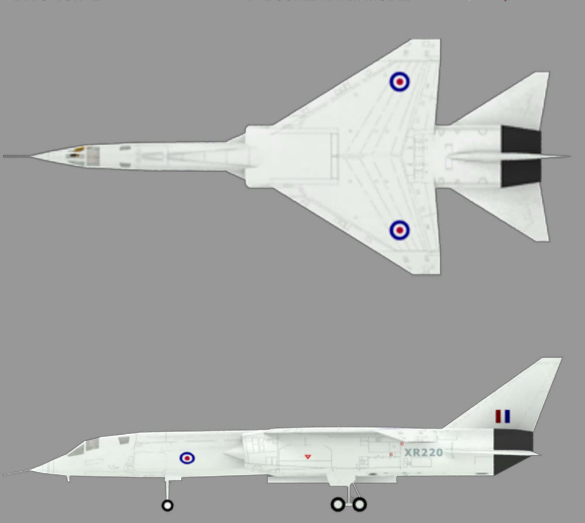

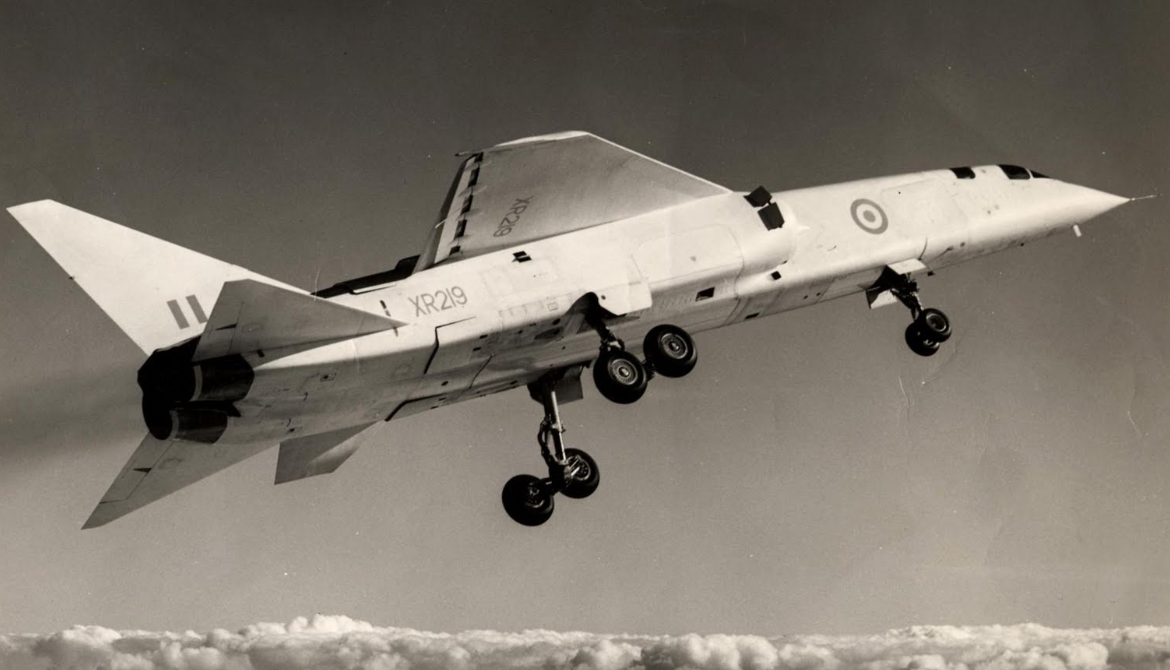
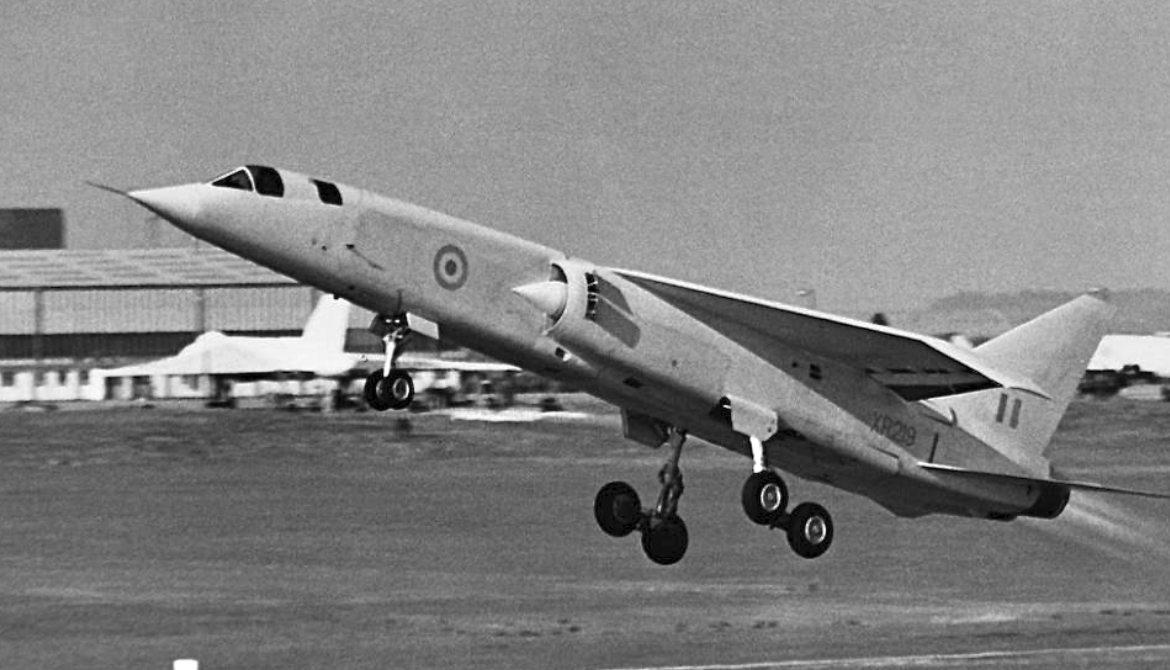
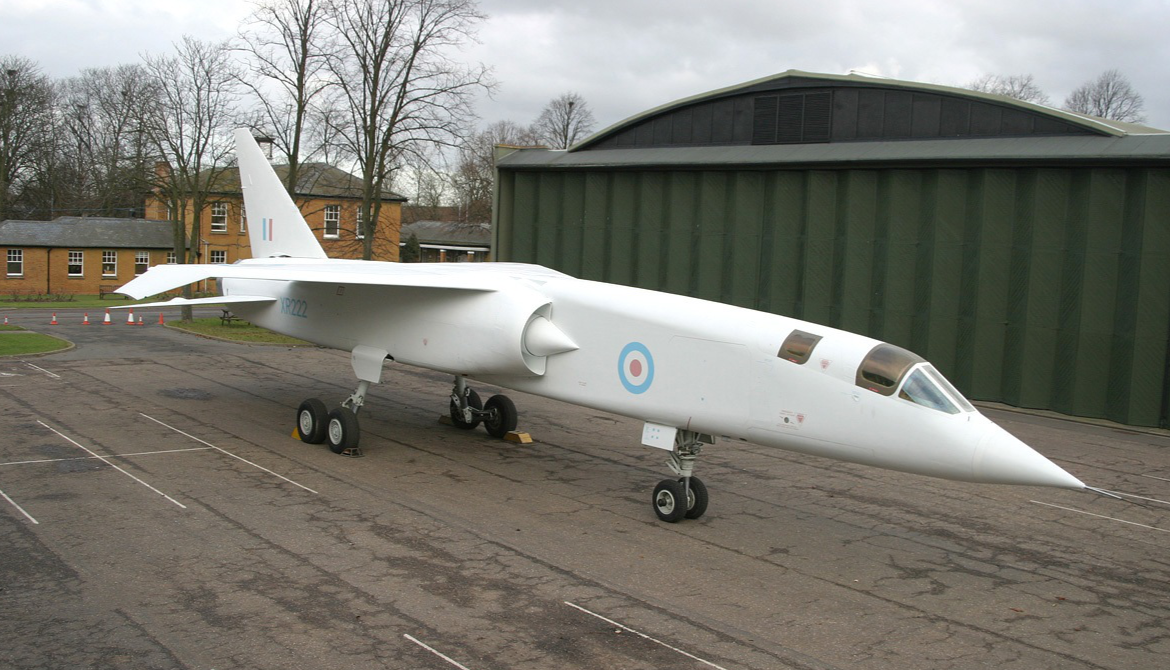
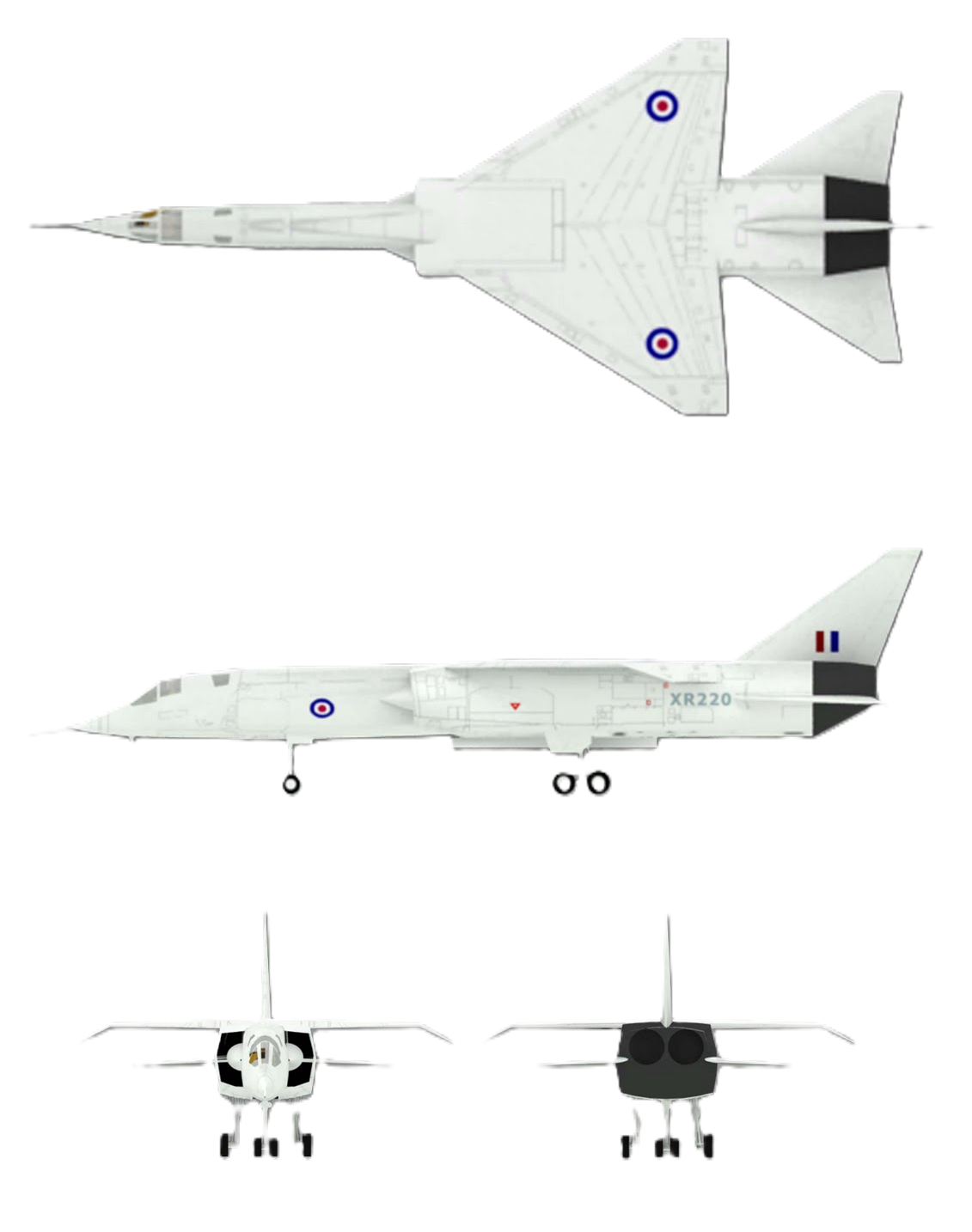
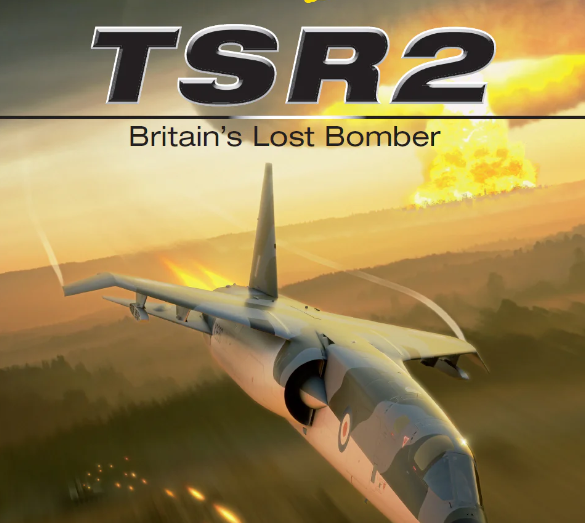

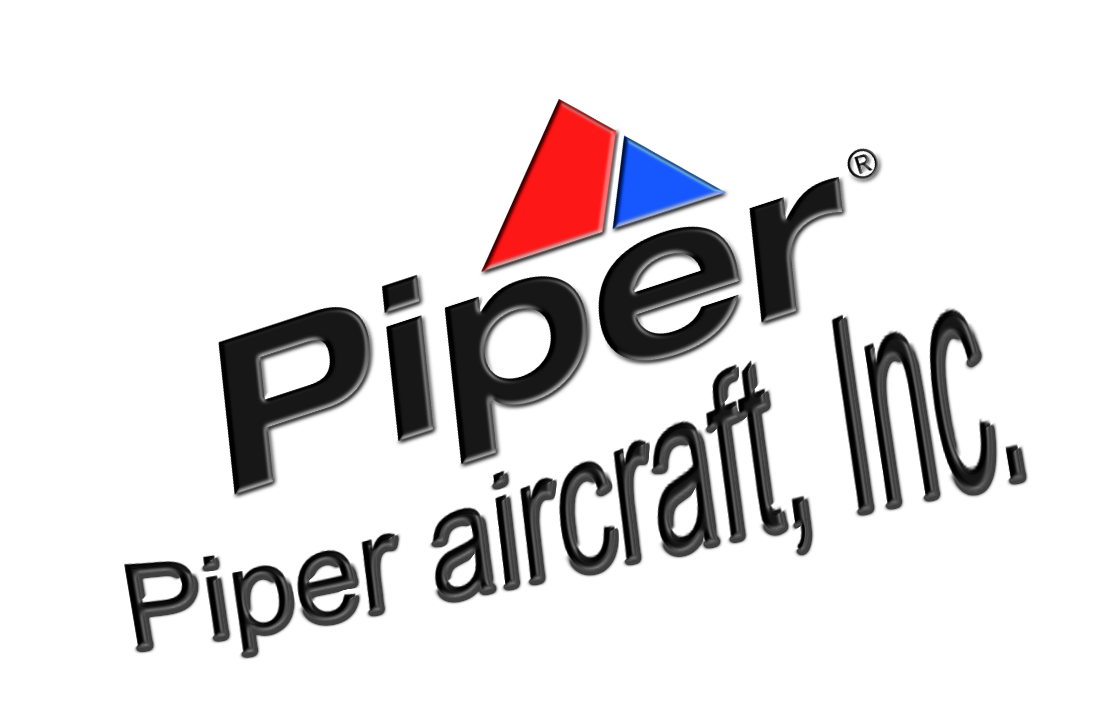
.png)
